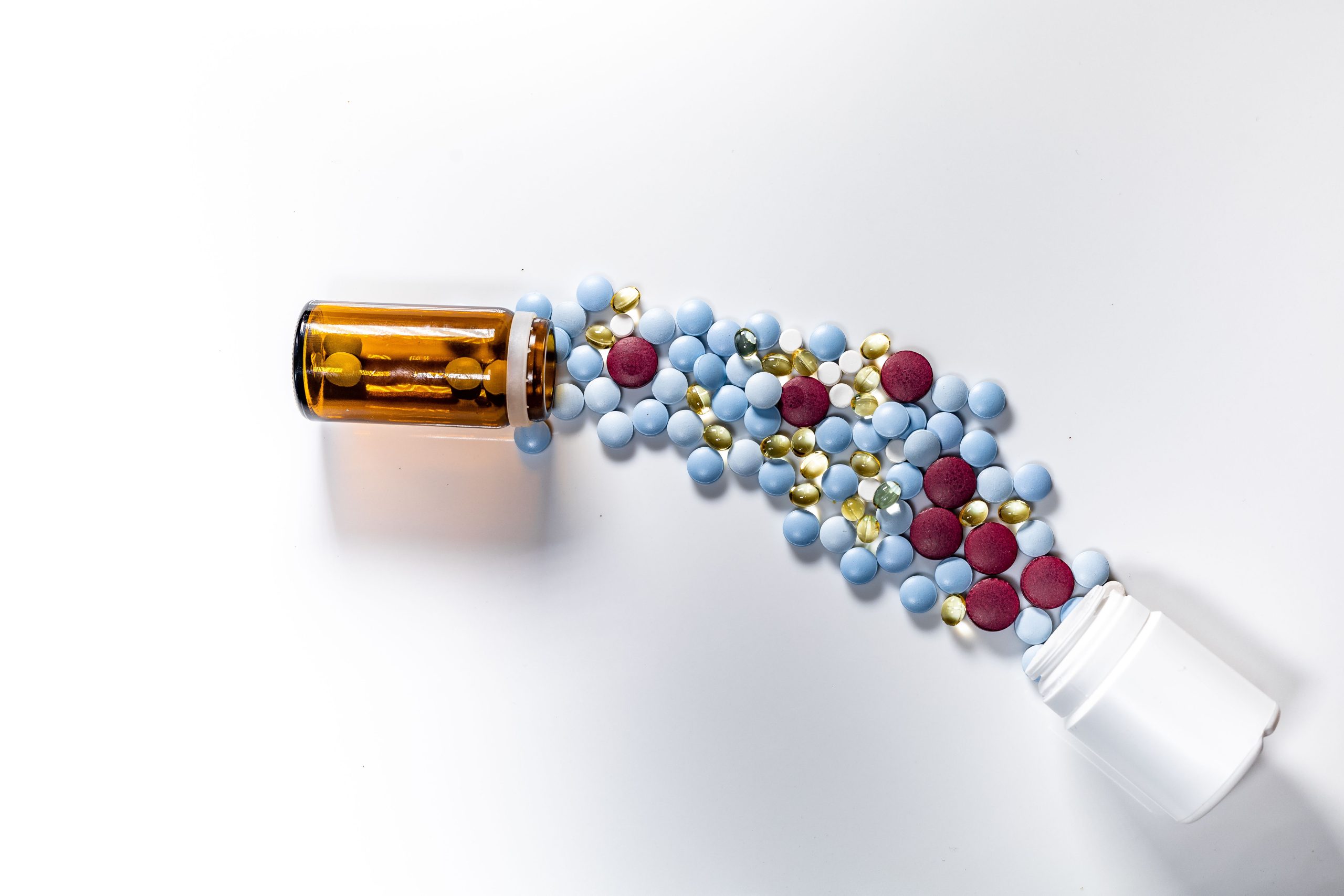Titration of ADHD Medications: A Comprehensive Guide
Attention Deficit Disorder (ADHD) is a neurodevelopmental condition that affects millions of people worldwide. Its symptoms can substantially hinder an individual's capability to focus, control impulses, and manage their daily tasks. For lots of, medications play a vital role in managing these symptoms. One crucial aspect of pharmacological treatment is the titration of ADHD medications-- a method used to figure out the optimum dose for each client. This article will delve deep into the titration process, its significance, and typical medications used in ADHD treatment.
Comprehending Titration
Titration describes the process of adjusting the dose of a medication in time to attain the preferred therapeutic effect while lessening adverse effects. In Milan Shields of ADHD treatment, titration is particularly necessary considering that private actions to medication can vary substantially. Elements affecting these actions consist of age, body weight, metabolic rate, and the existence of co-existing conditions.
Why is Titration Important?
- Specific Variation: People respond differently to medications, necessitating a tailored approach.
- Optimum Dosage: To optimize healing benefits and lessen unfavorable reactions, recognizing the correct dose is necessary.
- Keeping Track Of Side Effects: Gradual titration helps healthcare service providers identify and handle prospective side results.
The Titration Process
The titration process normally involves the following steps:
- Initial Assessment: A doctor conducts a detailed evaluation, including patient history, symptom severity, and existing comorbidities.
- Beginning Dosage: The service provider prescribes a low initial dosage.
- Incremental Adjustments: Over time, the dose is slowly increased based on the patient's action. This can be done weekly or biweekly, depending on the medication and specific needs.
- Routine Monitoring: Healthcare companies carefully monitor the patient for efficacy and side impacts during follow-up gos to.
- Upkeep Dosage: Once the optimal dose is recognized, the company will work with the client to develop a maintenance dose.
Key Factors Influencing Titration
- Action to Treatment: Improvement in signs and functionality guides dosage adjustments.
- Existence of Side Effects: If adverse effects emerge, the dose may require to be reduced or the medication switched.
- Client Feedback: Patient-reported outcomes and experiences are vital for making notified decisions.
Typical ADHD Medications and Their Titration Guidelines
The two main classifications of medications for ADHD are stimulants and non-stimulants. Below is a summary of some often recommended ADHD medications and their basic titration guidelines.
| Medication | Class | Preliminary Dosage | Titration Step | Maximum Dosage |
|---|---|---|---|---|
| Methylphenidate (Ritalin) | Stimulant | 5mg 1-2 times daily | Boost by 5mg weekly | 60mg/day |
| Amphetamine (Adderall) | Stimulant | 5mg daily | Increase by 5-10mg weekly | 40mg/day |
| Atomoxetine (Strattera) | Non-stimulant | 40mg once daily | Boost to 80mg after 2-4 weeks | 100mg/day |
| Guanfacine (Intuniv) | Non-stimulant | 1mg once daily | Increase by 1mg weekly | 4mg/day |
Note: Dosage modifications ought to always be directed by a healthcare professional.
Regularly Asked Questions (FAQs)
1. For how long does the titration process typically take?The titration process can take a number of weeks to months, depending upon the person's reaction to medication and the specific drug recommended.
2. What are the common adverse effects during titration?Typical adverse effects may consist of headaches, stomachaches, sleeping issues, and reduced cravings. It is important to communicate any side effects to the health care company.
3. Is it possible to change medications throughout the titration process?Yes, if a client does not react well to a particular medication or experiences intolerable negative effects, a doctor may suggest switching to a various medication.
4. How can parents assist during the titration process for their child?Parents can assist by keeping an in-depth record of their child's signs, adverse effects, and overall habits. Open interaction with doctor is vital for adjusting treatment effectively.
Titration of ADHD medications is an important element of efficiently managing Attention Deficit Hyperactivity Disorder. By personalizing dosages based on individual needs, healthcare companies can strike a balance between healing effectiveness and tolerance of medications. This process requires persistence, ongoing communication, and regular monitoring, guaranteeing that each patient gets the optimal treatment tailored to their special circumstance.
Ultimately, effective titration can result in enhanced lifestyle for people with ADHD, enabling them to work better in their everyday lives. As the understanding of ADHD and its treatments continues to develop, the value of customized medication strategies stays essential to achieving successful outcomes.

